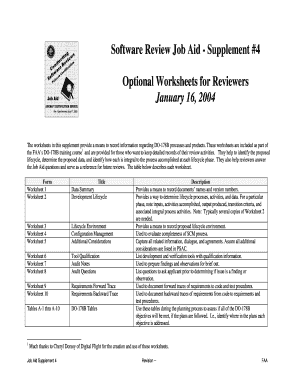

The basic reason is to determine what should be taught. There are many ways to conduct a task analysis and many reasons for conducting one. Expected behaviors are classified at the learning event level and finally individual steps in the tasks are identified at the learning step level. Learning objectives are defined at the course level and refined and sequenced at the lesson level. In cases where a needs analysis is not conducted, when training goals are mandated or already established, then the analysis process usually begins with task analysis.’ described task analysis procedures as different levels depending on the level of instructional design. Needs analysis first determines that an instructional need exists task analysis analyzes that need for the purpose of developing the instruction and assessment. The task analysis organizes the tasks and task components and provides a sequence for training. The task analysis describes the learning situation for the purpose of making instructional design decisions. This statement of learning goals is used to determine what actually gets taught or trained. The list of tasks produced in the needs analysis (this is the inventory of tasks used in a Critical Task Selection Board) is then analyzed to determine what must be learned to achieve stated goals. In short, a needs analysis identifies the present state, the desired outcomes, and the gap between them. The tasks are associated with each learning objective and can be expressed as either individual or group (unit or mission). The product of a needs analysis is a statement of learning goals or objectives expressed as tasks. According to paragraph 4-6.3.f., changes to learning products are generated by a needs analysis changes in threat and doctrine (current and emerging), organizations and missions, materiel, leader development, or occupational specialty structure the need to eliminate leader competency and/or performance deficiencies learning policy or methodology and/or by efforts to improve learning efficiency and effectiveness. Needs analysis (also known as front end analysis) is triggered by a change in purpose of function of an activity and the analysis will determine if new or additional training is needed. However, there are two basic differences between task analysis and needs analysis: purpose or function and sequence. Many training developers confuse task and needs analysis and think they are the same. Reference the FAA Software Job Aid 'Conducting Software Reviews Prior to. Can Applicant-Written Job Descriptions Aid in. How do I conduct a job analysis to ensure the job description actually.


 0 kommentar(er)
0 kommentar(er)
